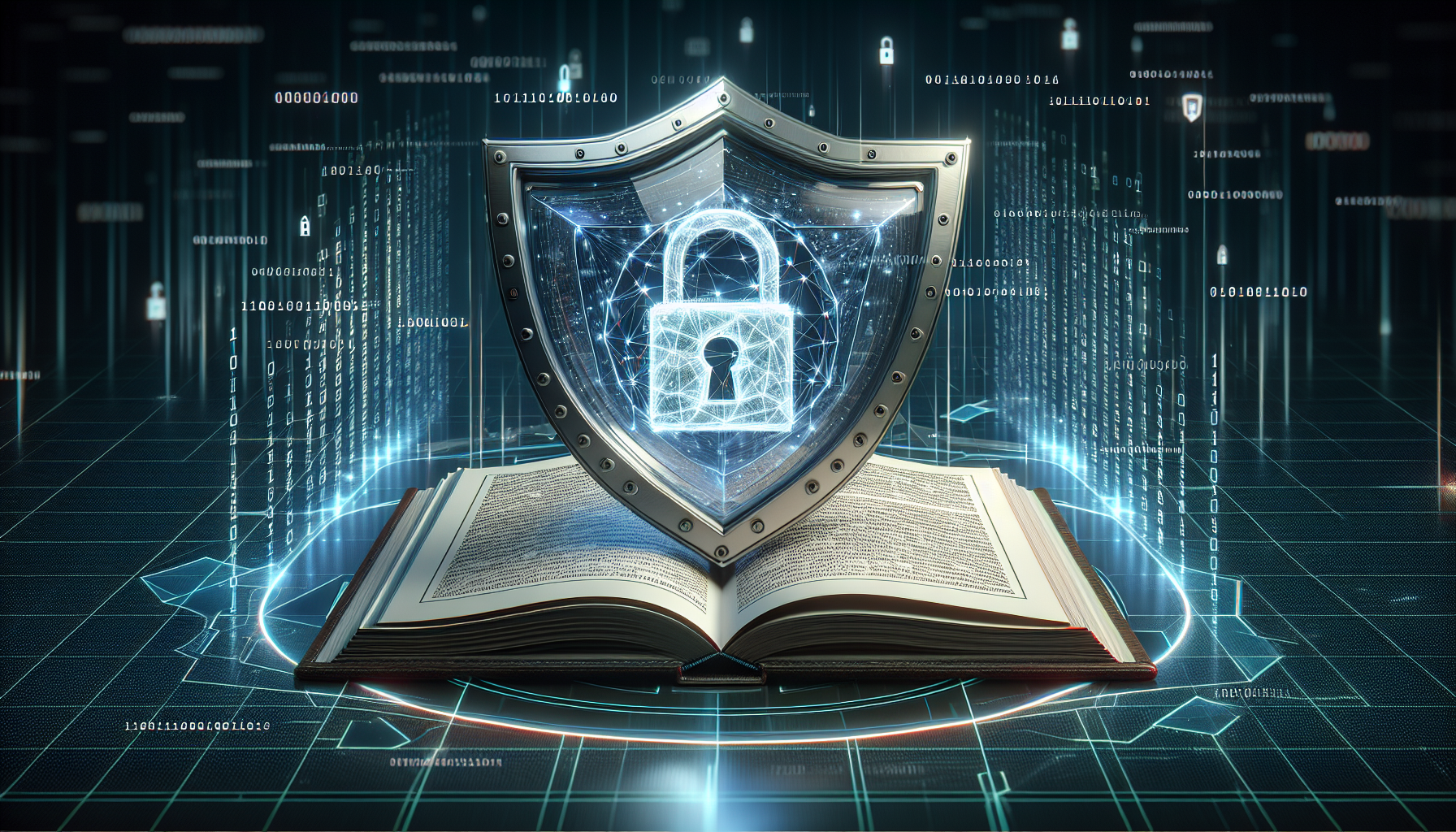Tech
10 Essential Tips to Safeguard Your Online Data: A Comprehensive Guide

In today’s digital world, protecting your online data is more crucial than ever. Cyber threats are everywhere, and if you’re not careful, your sensitive information could end up in the wrong hands. But don’t worry! We’ve got you covered with this comprehensive guide that’ll walk you through ten essential tips to keep your data safe.
Understand the Risks
Before diving into the tips, it’s important to understand the landscape. Cybercrime is on the rise. According to statistics from the FBI, losses from business email compromise scams alone reached $1.8 billion in 2020. That’s a staggering number! So, how do you keep your data safe while browsing, shopping, or just scrolling through social media? Let’s break it down.
1. Use Strong, Unique Passwords
Creating a strong password is your first line of defense. Avoid using easily guessable info like your birthday or “123456”. Instead, aim for:
- Length: At least 12 characters
- Variety: Use a mix of letters, numbers, and symbols
- Uniqueness: Don’t use the same password across multiple sites
Password Manager: Consider using a password manager to help you create and store complex passwords. These tools can also alert you if any of your saved passwords have been compromised.
2. Enable Two-Factor Authentication (2FA)
Two-factor authentication steps up your security game. It requires not just your password but also something else—like a text message verification code. This makes it way harder for cybercriminals to access your accounts.
How to Set It Up
Most online services offer 2FA. Just check the security settings of each account you have, and enable this important feature!
3. Keep Your Software Updated
Updates might seem annoying, but they’re crucial for keeping your data secure. Developers regularly release patches to fix vulnerabilities.
What to Update?
- Operating systems (Windows, macOS, Linux)
- Applications (browsers, productivity tools)
- Antivirus software
Always install updates as soon as they’re available to fortify your defenses against the latest threats.
4. Be Wary of Public Wi-Fi
We get it—nothing’s better than sipping on your coffee while browsing the internet at your favorite café. But public Wi-Fi can be a hacker’s playground! Avoid accessing sensitive accounts or conducting financial transactions while on unsecured networks.
Tips for Safer Browsing
- Use a Virtual Private Network (VPN): A VPN encrypts your connection, making it harder for snoopers to access your data.
- Turn off sharing settings on your devices to limit access.
5. Secure Your Devices
Whether it’s your smartphone, laptop, or tablet, securing your devices is essential.
Quick Device Security Tips:
- Lock your screen with a password or biometric unlock.
- Install antivirus software that actively scans for threats.
- Enable remote wipe capabilities in case your device gets stolen, like this guide from the FTC.
6. Be Skeptical of Emails and Links
Phishing scams have become incredibly sophisticated. Always be on the lookout for suspicious messages or links.
Red Flags to Watch For:
- Emails with urgent requests for personal info
- Misspelled company names or strange sender addresses
- Attachments from unknown sources
Never click a link unless you’re certain it’s legit. When in doubt, go to the company’s website directly.
7. Monitor Your Accounts Regularly
Keeping an eye on your accounts can help you spot unusual activity early on.
What to Check:
- Transaction history for any unauthorized charges
- Account settings to see if anything looks off
- Credit reports at least once a year to check for unauthorized credit inquiries
For a comprehensive check, visit AnnualCreditReport.com to get your free credit report.
8. Educate Yourself About Cybersecurity
Staying informed about the latest cybersecurity threats and trends is key. The landscape is always changing, and keeping yourself educated will help you stay ahead.
- Follow credible sources: Check out platforms like the Cybersecurity and Infrastructure Security Agency (CISA).
- Take online courses: Websites like Coursera and Khan Academy offer free courses on online safety.
9. Back Up Your Data
Regular backups can save your skin if you fall victim to a ransomware attack or if your device gets lost. Having a backup ensures you won’t lose precious files.
How to Back Up:
- Use cloud services (like Google Drive or Dropbox) for easy access.
- Consider external hard drives for extra security.
Remember to regularly back up your important data!
10. Know the Latest Scams and Threats
Staying ahead of the bad guys means keeping updated about the latest scams out there. Knowledge is power, and the more you know, the less likely you’ll fall victim.
- Check out resources like Pew Research Center for statistics and insights on cybersecurity trends.
Regularly browsing cybersecurity forums and articles can also keep you informed about new threats.
Final Thoughts
In a world where our lives are increasingly online, safeguarding your data isn’t just a good idea—it’s essential. By following these tips, you’ll not only protect yourself but also feel more confident while exploring the digital world.
For more tips on navigating the online space safely, check out our articles on cybersecurity practices and the latest tech gadgets at News Daybreak. Stay safe, and remember: a little caution goes a long way!
-

 News18 hours ago
News18 hours agoTeenage US Citizen Records Brutal Arrest by Immigration Agents Who Told Him, ‘You Have No Rights’
-
News17 hours ago
Maltese Police Officers Participate in Operation in the Black Sea
-

 Business18 hours ago
Business18 hours agoNavigating the Economic Landscape: Key Insights from Today’s Business Headlines
-

 Entertainment17 hours ago
Entertainment17 hours agoCinematic Success: Fun Facts About Movies That Shaped the Film Industry
-

 News16 hours ago
News16 hours ago“Honoring Ukraine: A Tribute” (July 26, 2025) — dynamo.kiev.ua
-

 Business15 hours ago
Business15 hours agoThe Top 10 Business Opportunities to Watch in 2025
-

 Business17 hours ago
Business17 hours agoNavigating the Shifting Sands: Key Global Economic Trends for 2024
-

 News15 hours ago
News15 hours agoEnviMin Showcases Vacaresti Natural Park to Her German Counterpart
